Practicum File of ECE Assignment
Introduction
This practicum exercise file archives the relationship between theoretical understanding and practical application in early formative years of education settings. By focusing on key Learning Outcomes (LOs) and Key Teaching Tasks (KTTs), the record demonstrates how theoretical principles are embedded in practice to foster children's social competence, making sure of the fact of a safe and inclusive environment, and enforce an activity-based curriculum guided through Te Wh?riki. Through many activities, I have actively engaged with children, collaborated with colleagues and households (wh?nau), and adhered to professional requirements and health policies, ensuring a complete approach to early childhood education.
LO2: Promoting Childrens Social Competence and a Safe Environment
KTT: Maintaining a Safe and Secure Learning Environment Free of Known Hazards
I have confirmed scalability in retaining a secure and healthy studying environment, as required using the schooling (Early Childhood Services) guidelines 2008 (Clarke, 2024). Activities have been carefully planned by me and monitored to ensure the protection and well-being of all children. For example, inside the floaters and sinkers activities, children explored ideas of buoyancy and water play within an invulnerable, risk-free surrounding (Xu and Ritchie, 2024).
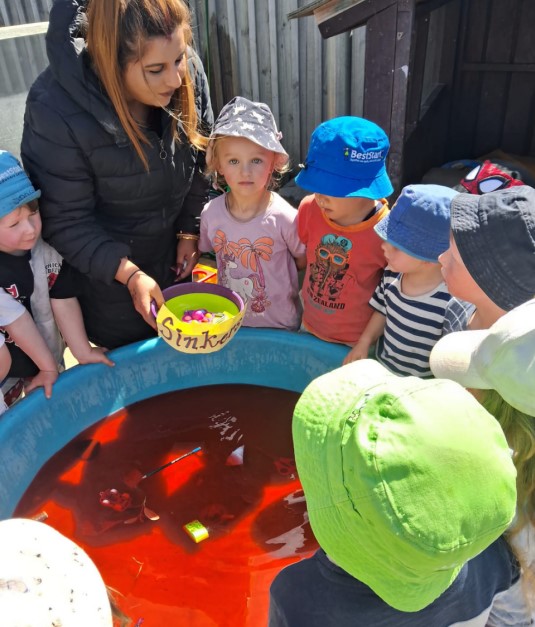
Figure 1: Instance of Floaters and Sinkers Activity
I have decided on suitable substances and arranged the space in a method that encouraged energetic participation even while minimizing risks. This activity aligned with the center's policies on fitness and safety by promoting childrens exploration in a managed setting, fostering an impervious atmosphere wherein children may want to research and engage. The proper sense of taste activities additionally exemplified my significant commitment to health and protection. Previous to starting up the activity, I performed a radical assessment of any ability hypersensitive reactions and implemented hygiene protocols, retaining a prepared and supervised setup.
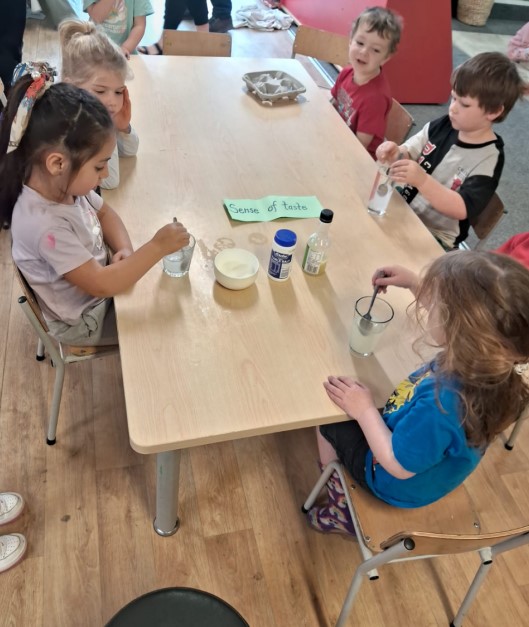
Figure 2: Sense of Taste Activity
This interest encouraged children to explore sensory studies at the same time as practicing secure fitness practices, creating a basis for positive social interactions as they shared and compared their flavor experiences with friends (Ritchie, 2020). My technique for health and protection was informed by each center's policies and regulatory standards, ensuring an environment that used to be secure, supportive, and conducive to inclusive socialization.
Health and Safety Policies in Practice
In alignment with the center's fitness and safety guidelines, I took proactive measures to ensure child protection and protection. Regular collaboration with the Associate Teacher (AT) ensured that each practice was compliant with those guidelines. I additionally participated in a self-assessment focused on safety practices, reflecting a continuous commitment to enhancing the physical and emotional protection of the learning environment (Jacobs et al., 2021). This safety interest not only furnished a tightly closed atmosphere for children but also highlighted I's potential to integrate regulatory standards into everyday practices that support the wellness of children.
LO3: Utilizing Te Wh?riki to Implement a Play-Based Curriculum
KTT: Promoting Social Competence and Child Agency through Genuine Choices
Te Wh?rikis emphasis on a holistic, toddler-centered approach was a guiding framework inside Is implementation of an activity-based curriculum. I created sports that encouraged children to make selections, fostering a sense of agency and independence. Within the paper boats and aircraft-making activity, children engaged in palms-on play that allowed them to select their substances and design choices (Aspden et al., 2021). This activity not only supported Te Wh?rikis emphasis on developing confident inexperienced persons but also promoted social capabilities and collaboration as children shared ideas and worked collectively, demonstrating the integration of children-centered learning ideas inside a structured interest.
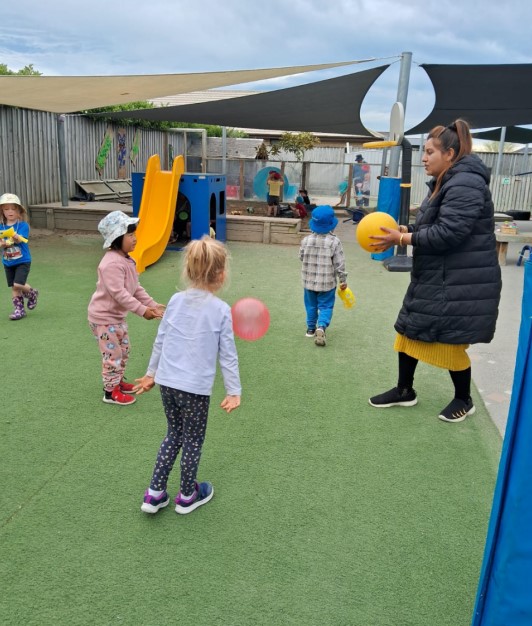
Figure 34: Sand Pit Area
Additionally, the board story activity provided an avenue for children to expand their narrative capabilities and discover communication, in alignment with Te Wh?rikis conversation strand. I recommended lively participation, allowing children to make a contribution of their ideas and inquiries to the story (Afrin, 2022). This inclusive method fostered verbal expression, social competence, and self-belief, assisting the holistic development of each child. By enticing children as energetic individuals, I promoted Te Wh?rikis values of inclusivity and partnership, strengthening the childrens communication abilities and encouraging their involvement in the learning process.
Documentation of Play-Based Experiences
To make sure of a comprehensive approach to imposing Te Wh?riki, I documented every activity by studying memories and reflections, highlighting how activity-based activities have been planned and performed in alignment with childrens developmental needs. For instance, inside the magical word board Story, children practiced the usage of well-mannered terms consisting as "please" and "thanks," which supported social competence and mutual recognition (Westbrook and White, 2021).
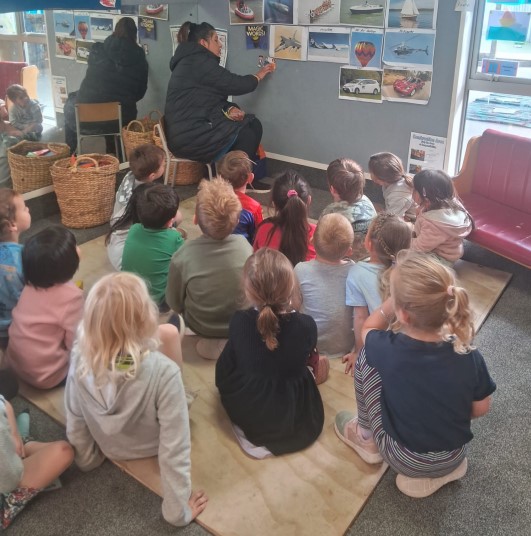
Figure 4: Instance of Magical Words Board Story
This activity aligned with the conversation and contribution strands of Te Wh?riki, encouraging children to develop language skills and feelings of empathy (Williams, 2022). Every activity used to be documented to potentially reflect childrens responses, engagement stages, and the alignment of coaching practices with Te Wh?rikis guiding principles, demonstrating an evidence-primarily based technique to early life education.
LO7: Demonstrating Professional Knowledge and Collaborative Partnerships
KTT: Engaging in Collaborative Relationships with Colleagues and Wh?nau
Professional knowledge and collaboration have been vital components of I's practice, as evidenced by their interactions with colleagues, households, and the wider instructional network (Williams et al., 2023). I engaged in open question sessions with the children along with the associate trainer and other workforce members, specializing in techniques to guide childrens improvement and proportion insights from applicable Ministry files (Cameron, 2022).
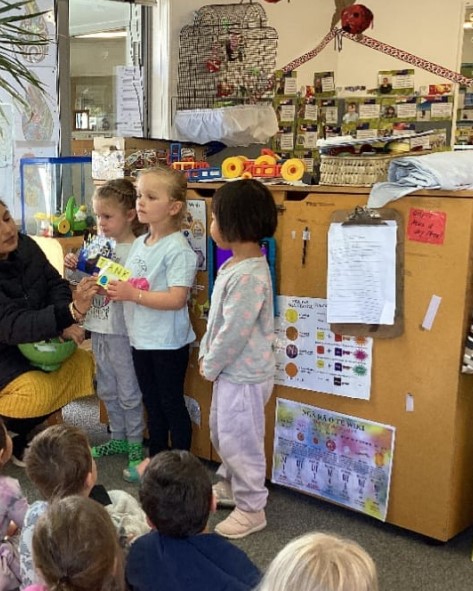
Figure 5: Open Question Session
Through collaboration, I actively contributed to a professional learning community that aimed to guide the personal demands of each child.
In fostering a partnership with families, I created newsletters that documented lecture room activities, such as photographs and summaries of activities such as paper boats, airplane making, and experience of taste sessions (Gould et al., 2023). Those newsletters provided families with a view into their children's studies and achievements, creating a bridge between home and the learning middle (Shareef, 2020). Families answered definitely to these updates, which highlighted their children's learning journeys and contributed to a feeling of belonging within the center (Aspden et al., 2023). By sharing these insights, I fostered a collaborative environment that valued family engagement, helping Te Wh?rikis concepts of belonging and relationships.
Inclusion of Cultural Knowledge and Belonging
To promote cultural cognizance, I integrated substances and activities reflective of the childrens various backgrounds. During Matariki, the M?ori New Year, I brought stories, books, and visible assets that celebrated the M?ori lifestyle, encouraging cultural perception among children (Ritchie, 2020). Additionally, I selected materials representing numerous ethnicities to make sure of the significant fact that all children felt their identities were recognized and valued. With steering from the associate teacher, I applied culturally inclusive practices that pondered the centers dedication to diversity and upheld Te Wh?rikis standards of whanaungatanga (relationships) and kotahitanga (holistic improvement).
Professional Reflection and Growth
This subject exercise placement has deepened my perception of effective teaching practices and the integration of expert values. By promoting child agency, adhering to health and safety protocols, and constructing collaborative relationships, the fact is visible how those elements create a tightly closed, inclusive gaining knowledge environment. Reflecting on each activity, along with sensory exploration within the sense of flavor activity, has highlighted the importance of aligning teaching strategies with Te Wh?rikis holistic technique and Our Code, Our Requirements (Dalli et al., 2020). Collaborative periods with my Associate instructor and colleagues had been instrumental in shaping my reflective exercise, allowing me to evaluate and refine my approach to meet every childs unique demands. I now see reflective exercise as vital to my expert growth, guiding me to constantly improve and align my coaching with both regulatory standards and the developmental needs of children, making sure that my practice supports their gaining knowledge of and well-being comprehensively.
Conclusion
This field practice placement furnished me with realistic insights into the software of concept in the early formative years. The sports implemented, including paper boat making, storytelling, and sensory exploration, tested alignment with key learning outcomes, promoting social competence, protection, and inclusivity. By integrating fitness and safety practices, encouraging children employers, and building partnerships with families and colleagues, I have advanced a foundational appreciation of effective teaching practices. Taking off, I am dedicated to deepening those practices and maintaining a reflective approach, constructing on the ideas of Te Wh?riki and expert requirements to assist each childs holistic improvement and wellness.
Are you struggling to keep up with the demands of your academic journey? Don't worry, we've got your back!
Exam Question Bank is your trusted partner in achieving academic excellence for all kind of technical and non-technical subjects. Our comprehensive range of academic services is designed to cater to students at every level. Whether you're a high school student, a college undergraduate, or pursuing advanced studies, we have the expertise and resources to support you.
To connect with expert and ask your query click here Exam Question Bank

